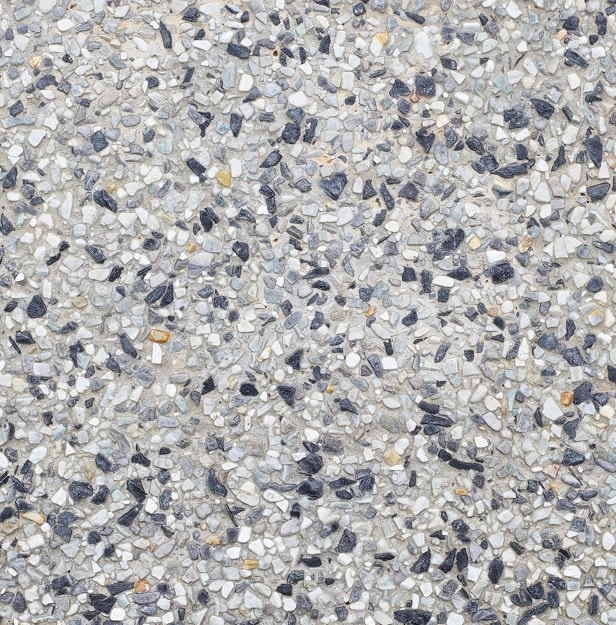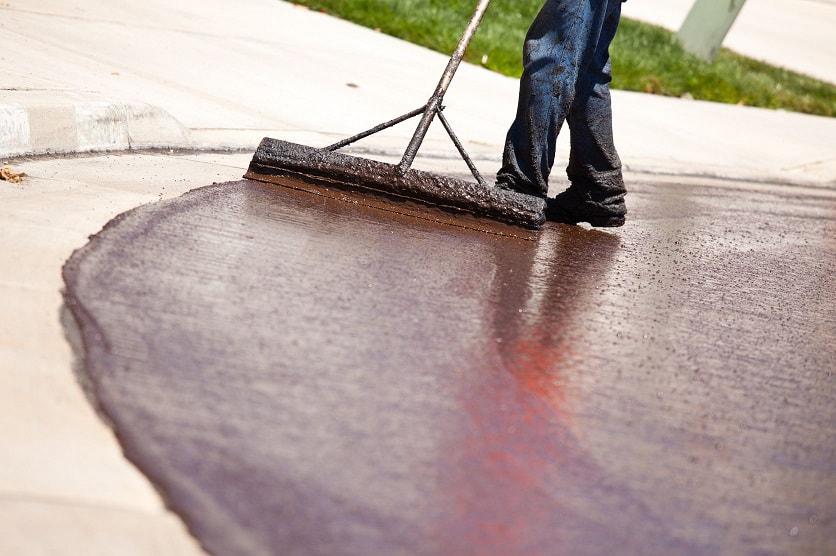Dothan Concrete Contractors & MasonryDothan Concrete & Masonry is a local, family owned business providing exception concrete services to our customers. Services Offered:
100% Free Estimates when you call today! If you have been searching for a local concrete contractor near you, let our professional team of some of the hardest working individuals get busy on your project. On Time! On Budget! Designs Second To NoneOur concrete company provides professional design services to customers in Dothan, Alabama and surrounding areas. Stunning designs to separate your home or business from those around you. We make unique spaces that you can be proud of and that you want to show off. We want your space to be the space where friends and family gather.
We offer both commercial and residential concrete services. Our team has the highest quality and the utmost respect of your property while onsite and we don't leave a trace behind. For concrete contractors with integrity, call us today! Finish OptionsWhen it comes to finish, there are many more option today than years gone by. From stamped to stained as well as the many different textures from brushed to smooth. The options can sometimes be daunting. We have the skills in house to meet all of these challenges to get you the end results you are looking for. Call Dothan Concrete Today to get your project rolling.
Providing Stamped Concrete ServicesWe offer Driveways, Patios, Pool Decks, Entryways, and Sidewalks. From a variety of colors of concrete to stamp selections of wood, textured, brick, block or even herringbone stamp. The options are many to match your properties structural design. We help you choose from many colors and stamp designs from a large collection of samples. Our team is here to help based on our vast experience. We make your property stand out giving it a unique feel that will be the talk of the neighborhood. Give us a call and let's get started!
Concrete ResurfacingIf you have some old slab that has deteriorated over the years, it might be best to start anew. In some cases, crack repairs can save the cost of removing an old pad but we will assess each case as we learn about the desired outcome of your project and make a final recommendation to as part of your estimate.
Aggregate Overlay and Exposed AggregateHow we mix your concrete, how we apply it, and what goes into the mixture all play into the options for the final finish. Understanding what all we can do is the first step. Giving you as many options as possible for matching your style and design is what we do best. Give us a call today, your premier concrete contractors.
|
Concrete Pumping and PouringWe have the crew to manage concrete pours of all sizes. We also know what to watch for for heavy concrete trucks with regard to your site. In some cases a pump system is needed to get the concrete over obstacles. We have the relationships in place to handle all of these needs for our customers.
We understand that time is money and having our crew busy prepping at the right time so trucks can do what they do is of paramount importance to a successful project. That's what we bring to the table. Reinforced ConcreteUsing rebar to reinforce concrete is not new. Actually, starting in the mid 1800's, iron was added before the pouring of concrete to add structural integrity to account for tensile stresses. This added strength along with additives in the formula for the concrete helps keep large slabs from cracking.
It's likely when you see cracking like the picture below that some concrete contractor took a shortcut and decided not to reinforce and probably had a lot of bags to mix by hand. Seems like a lot of hard work to end up with that result. This likely could have been avoided with an addition of some metal and the thickness may have not been quite to code. We know how to make sure this doesn't happen. |
Concrete History
Concrete was first used as far back as 6500BC in the traders regions of Jordan and Syria. Concrete flooring, living structure, and water retaining cisterns were some of the earliest uses.
The materials used in the mix has varied depending on the region of application and what raw materials were available in each region. Egyptians with straw and mud binding huge, dried bricks to using lime based mortar when building the pyramids. The Great Wall of China was also made with a form of cement. These buildings were being constructed around 3000BC.
Rome was one of the first to adopt the use of concrete as a primary building material across much of it's construction. They used wooden forms to make blocks that can still be found standing tall over 2000 years later proving the durability of this medium as a long term option. This was from 600BC to 200BC and by using volcanic ash, seawater, and lime in the mix, many structures still maintain their form today.
During the Middle Ages and the fall of the Roman Empire many techniques were lost and the process waned for many years.
Manuscripts describing the use of concrete were found in the 1400's rekindling the interest in building with concrete.
In the late 1700's a new approach was discovered using hydraulic lime to create clinker which then was ground to powder. This was then used as the cement for rebuilding the Eddystone Lighthouse in Cornwall, England.
Then in the early 1800's Portland cement was invented changing the process to closely resembling what we use today. Steel rods were added in the late 1800's to prevent exterior walls from spreading due to sheer.
Concrete contractors have been forming projects ever since. Precast products have been a thriving business for many as well using forms and molds to replicate the same product over and over.
The materials used in the mix has varied depending on the region of application and what raw materials were available in each region. Egyptians with straw and mud binding huge, dried bricks to using lime based mortar when building the pyramids. The Great Wall of China was also made with a form of cement. These buildings were being constructed around 3000BC.
Rome was one of the first to adopt the use of concrete as a primary building material across much of it's construction. They used wooden forms to make blocks that can still be found standing tall over 2000 years later proving the durability of this medium as a long term option. This was from 600BC to 200BC and by using volcanic ash, seawater, and lime in the mix, many structures still maintain their form today.
During the Middle Ages and the fall of the Roman Empire many techniques were lost and the process waned for many years.
Manuscripts describing the use of concrete were found in the 1400's rekindling the interest in building with concrete.
In the late 1700's a new approach was discovered using hydraulic lime to create clinker which then was ground to powder. This was then used as the cement for rebuilding the Eddystone Lighthouse in Cornwall, England.
Then in the early 1800's Portland cement was invented changing the process to closely resembling what we use today. Steel rods were added in the late 1800's to prevent exterior walls from spreading due to sheer.
Concrete contractors have been forming projects ever since. Precast products have been a thriving business for many as well using forms and molds to replicate the same product over and over.







